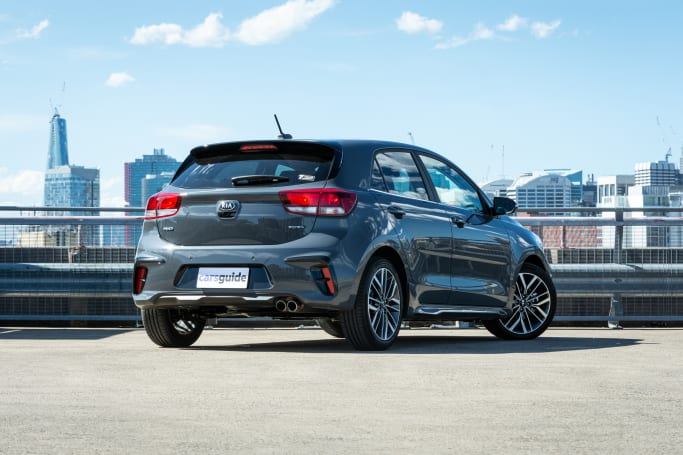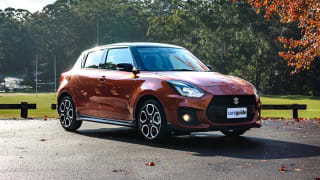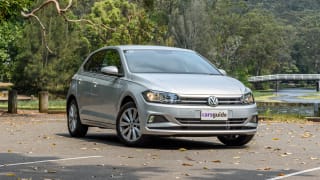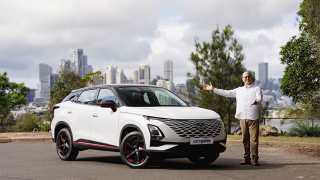The goalpost here has well and truly moved. In 2019 one Honda executive told me “the days of cheap city cars are over”, and in the year since he has been proven to be well and truly correct.
Most base model small hatches are now close to or above $20,000, so it would appear the “$14,990” drive away era is history.
Where does this leave our Rio GT-Line? At $23,990 before on-roads (MSRP) it’s actually starting to look quite attractive. Especially since its key rivals are now the Suzuki Swift GLX Turbo ($25,290), Toyota Yaris Ascent Sport (auto - $23,630), and Mazda2 Pure (auto - $22,990). Of these options, the Yaris and Mazda2 are both base models with non-turbo engines, leaving the more expensive Suzuki GLX Turbo as the most direct rival.
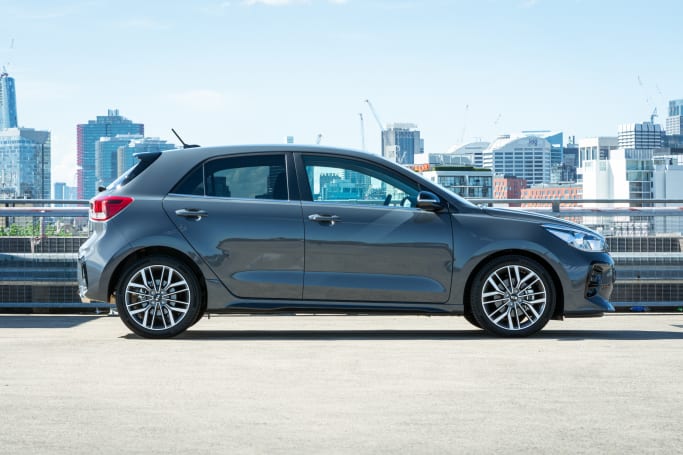
Value-wise the Rio is pretty good and has had some significant additions for the 2021 model year. The headline ones include a larger 8.0-inch multimedia touchscreen (now with wireless Apple CarPlay and Android Auto), an upgrade from manual air conditioning to single-zone climate control, and finally three drive modes (which we asked for in our previous review) have been added.
Unlike the rest of the Rio range, the GT-Line has some much-needed active safety items, although there are still a few spec items missing which its rivals have. Keyless entry and push-start ignition (Swift, Yaris) are the big ones, and detract from this car’s halo variant positioning, but it also misses out on any higher-end stuff like leather seat trim, electrical adjust, or a digital dash cluster.




